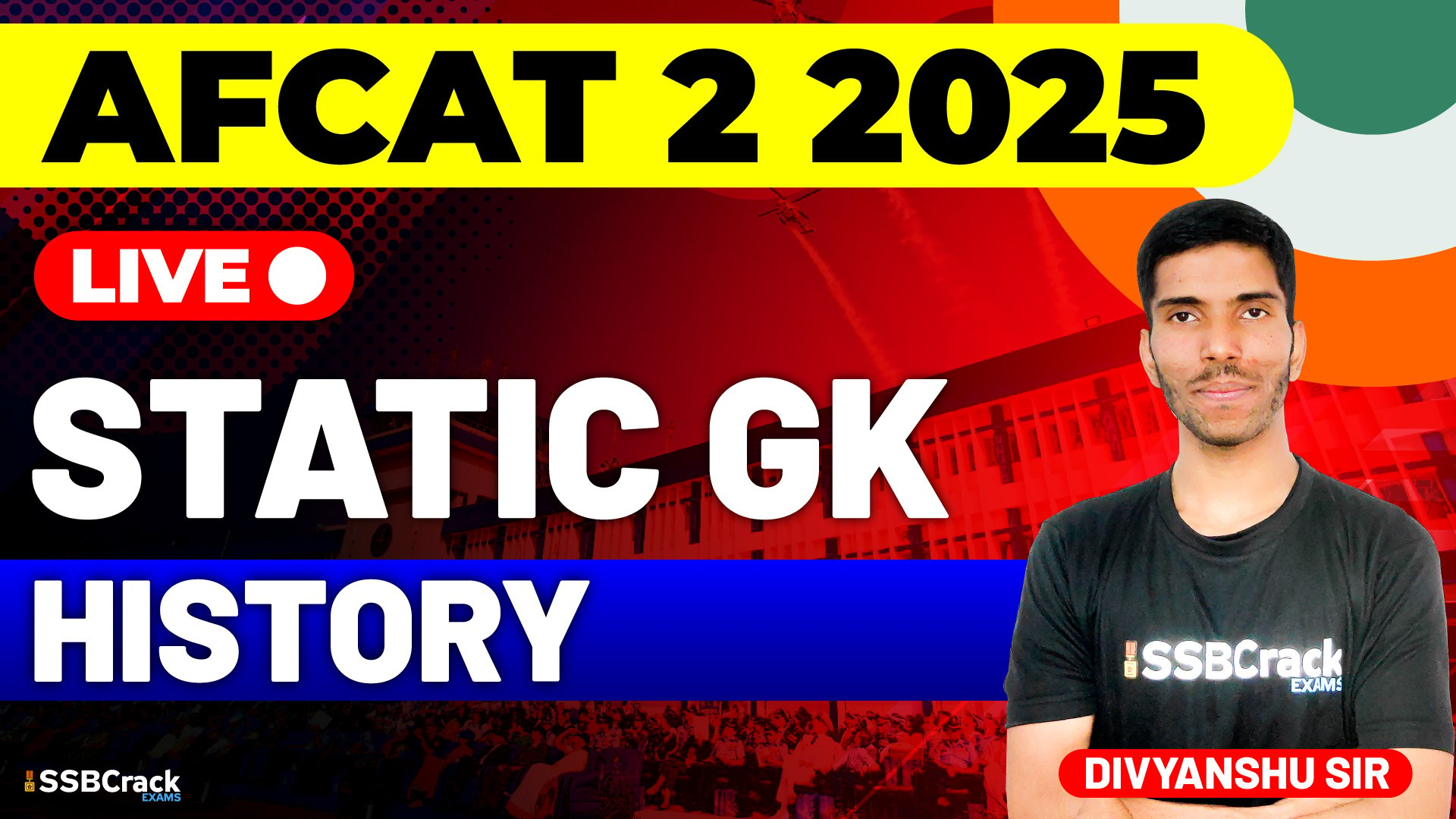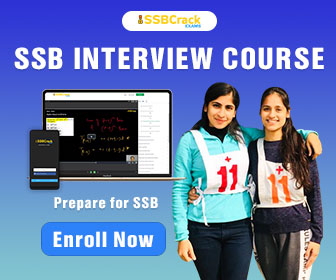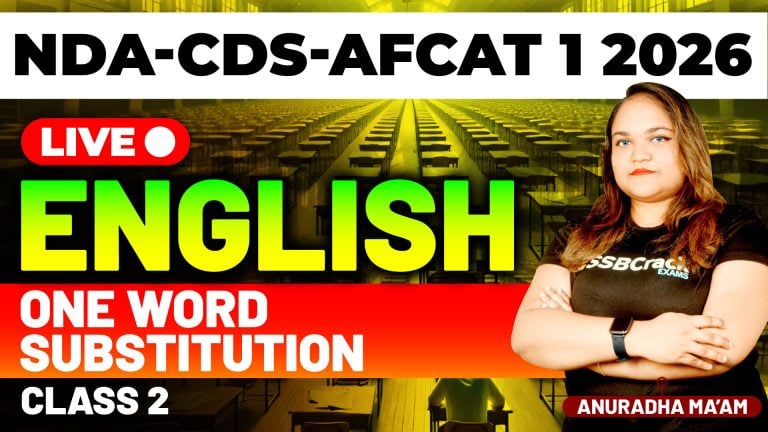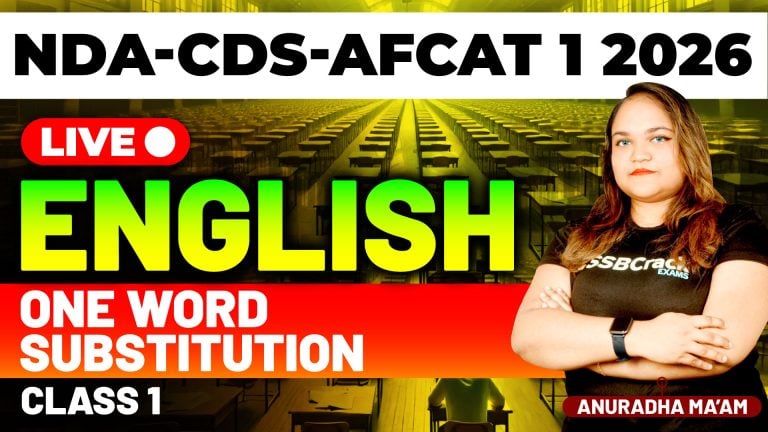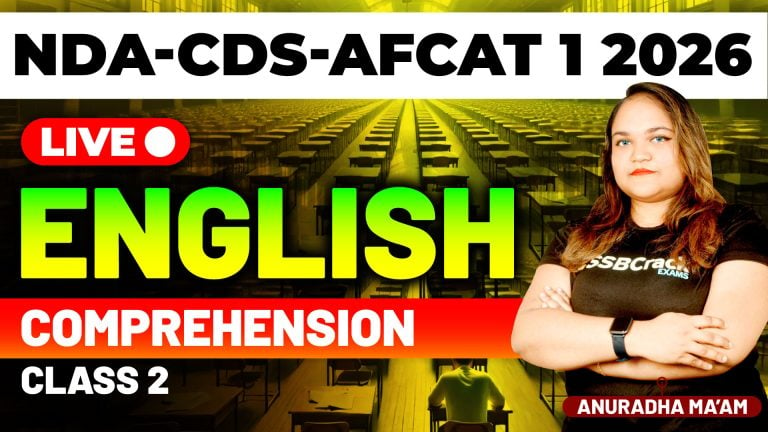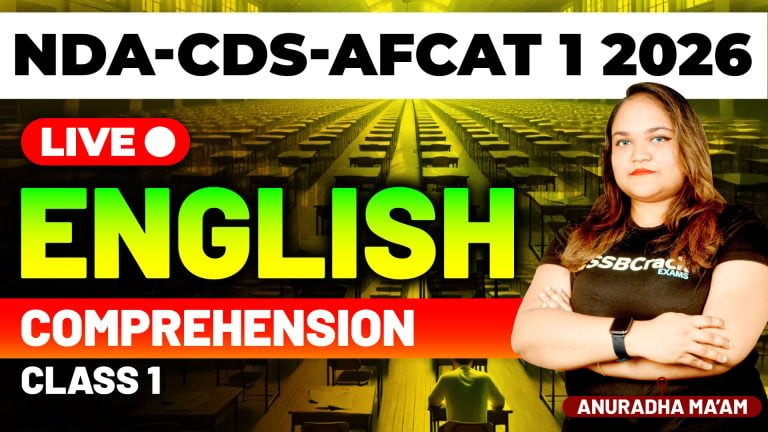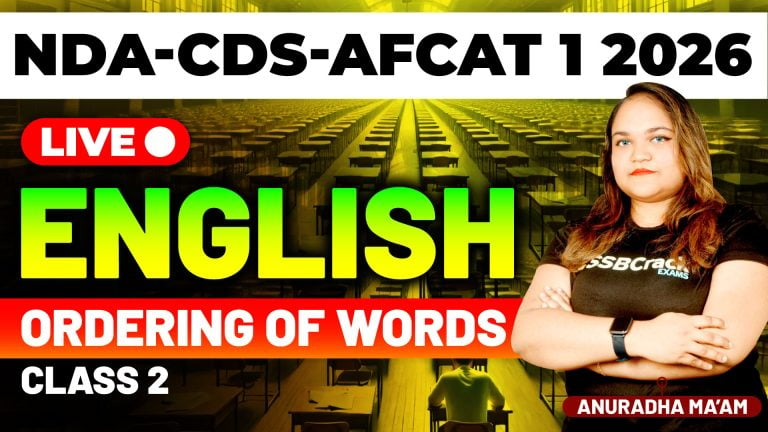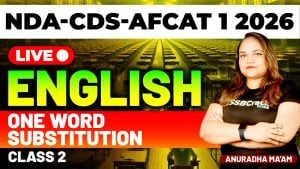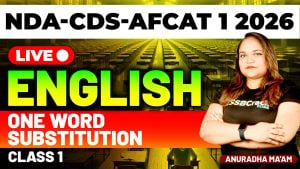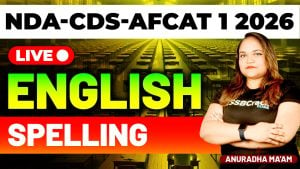The period from 1857 to 1947 is one of the most crucial eras in Indian history, marking the transition from colonial rule to independence. For AFCAT 2 2025 aspirants, understanding this timeline is essential, as 2–3 direct questions on modern Indian history are commonly asked in the Static GK section
AFCAT 2 2025 Exam Static GK – History
The First War of Independence (1857)
- Also Known As: Sepoy Mutiny or Indian Rebellion of 1857.
- Causes:
- Economic exploitation by the British.
- Social and religious interference in Indian customs.
- Military grievances, especially regarding new rifle cartridges rumored to contain cow and pig fat6.
- Major Events:
- Started at Meerut in May 1857.
- Delhi was captured by rebels, with Bahadur Shah Zafar declared Emperor.
- Key leaders included Rani Laxmi Bai (Jhansi), Nana Saheb (Kanpur), Begum Hazrat Mahal (Awadh), and Tatya Tope.
- Outcome: The revolt was suppressed by 1858. The British Crown took direct control, ending the rule of the East India Company and beginning the British Raj.
Key Movements and Events (1858–1947)
Formation and Role of Indian National Congress (INC)
- Founded: 1885, to provide a platform for civil and political dialogue.
- Early Phase: Focused on moderate reforms; later, leaders like Bal Gangadhar Tilak pushed for assertive nationalism.
Partition of Bengal (1905) and Swadeshi Movement
- Partition: Implemented by Lord Curzon to divide Bengal on religious lines.
- Swadeshi Movement: Mass boycott of British goods; promotion of indigenous industries.
Home Rule Movement (1916)
- Led by Bal Gangadhar Tilak and Annie Besant, demanding self-government within the British Empire.
Jallianwala Bagh Massacre (1919)
- British troops under General Dyer fired on unarmed civilians in Amritsar, sparking nationwide outrage.
Non-Cooperation Movement (1920–22)
- Launched by Mahatma Gandhi after the Jallianwala Bagh massacre.
- Called for boycott of British institutions, titles, and goods.
Civil Disobedience Movement (1930–34)
- Triggered by the Salt March (Dandi March) led by Gandhi.
- Mass defiance of British laws, especially the salt tax.
Government of India Acts
- 1909 (Morley-Minto Reforms): Introduced separate electorates for Muslims.
- 1919 (Montagu-Chelmsford Reforms): Dyarchy in provinces.
- 1935: Provincial autonomy and federal structure proposed, but not fully implemented1.
Quit India Movement (1942)
- Launched by the INC demanding immediate British withdrawal.
- “Do or Die” call by Gandhi; mass arrests and nationwide protests.
Role of Indian National Army (INA)
- Founded by: Subhas Chandra Bose.
- Objective: Armed struggle against British rule with support from Axis powers during WWII.
- Significance: Inspired nationalistic fervor despite military defeat.
Naval Mutiny (1946)
- Revolt by Indian sailors in Bombay, reflecting widespread unrest and hastening the end of British rule.
Independence and Partition (1947)
- Mountbatten Plan (June 1947): Proposed partition of British India into India and Pakistan.
- Indian Independence Act (July 1947): Passed by the British Parliament, creating two independent dominions.
- Key Leaders: Jawaharlal Nehru (first Prime Minister of India), Muhammad Ali Jinnah (first Governor-General of Pakistan).
- Date of Independence: 15 August 1947.
Key Personalities
| Name | Contribution |
|---|---|
| Mahatma Gandhi | Leader of Non-Cooperation, Civil Disobedience, and Quit India Movements |
| Jawaharlal Nehru | First Prime Minister, prominent INC leader |
| Subhas Chandra Bose | INA founder, militant nationalist |
| Sardar Patel | Unifier of India, key role in integration of princely states |
| Bal Gangadhar Tilak | Assertive nationalist, Home Rule Movement |
| Annie Besant | Theosophist, Home Rule Movement leader |
| Rani Laxmi Bai | Led 1857 revolt in Jhansi |
| Begum Hazrat Mahal | Led 1857 revolt in Awadh |
| Bhagat Singh | Revolutionary, symbol of youth activism |
Conclusion
The period from 1857 to 1947 witnessed a series of revolts, reform movements, and mass campaigns that collectively led to the end of British colonial rule in India. For AFCAT 2 2025, focus on key events, dates, acts, and the roles of important personalities to excel in the Static GK section
